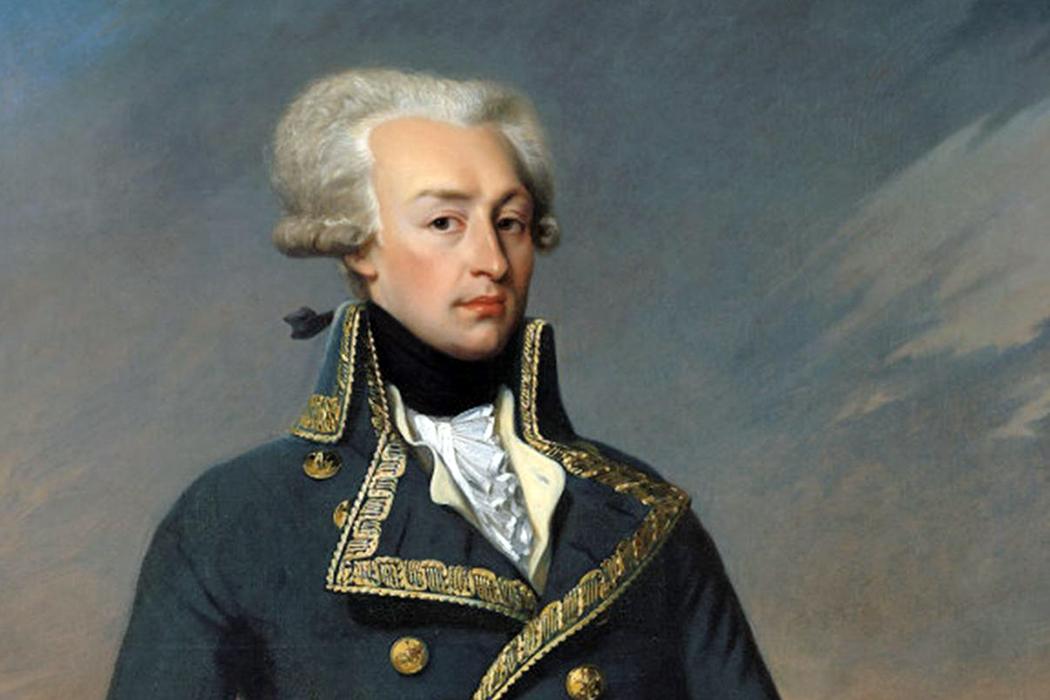Atrocities in the American Revolutionary War were committed by both sides. But the British did more of it. This was turned into an advantage for the American cause, if not for the victims themselves. John Adams among others recognized the propagandistic value of the war’s asymmetrical “cruelty,” “butchery,” and “savagery,” all descriptions of the day. Atrocity narratives could help unite the rebellious but desperate colonies and influence potential allies overseas. The “Barbarity and Impiety of Britons,” Adams wrote, stood in sharp contrast to the “Fortitude, Perseverance and Magnanimity of Americans.”
Historian Holgar Hoock examines how Americans skillfully wielded these atrocity narratives on the political front.
“Through their anatomically detailed imagining and narrating of specific forms of bodily harm,” Hoock writes, “revolutionary authorities sought to turn grotesquely mangled bodies and mutilated corpses into a central asset in the moral and polemical war that shadowed the war on the battlefield.”
The wartime responses of the Patriots to atrocity “were self-consciously visceral, anatomically detailed and unsparingly bloody,” continues Hoock. The embryonic American state used an innovative forensic approach to document and then publicize acts of extreme cruelty on the battlefield. Corpses were called upon as “body-witnesses.” Autopsies testified, as it were, to the types of the dismemberments and the number of bayonet wounds. This silent but graphic evidence was combined with eye-witness reports from justices of the peace, doctors, clergymen, and soldiers, including prisoners of war. In 1777, a committee of the Continental Congress, one of the first Congressional investigations, strove to “prove a pattern of British violation of the conventions of civilized warfare” by compiling and publicizing evidence of what we would now call war crimes.
For Americans, portraying the British as uncivilized—“more savage than the Savages”—became an important part of the moral authority and justification for rebellion and war. This was especially important because the British challenged the just war bona fides of Americans who began the fight by fighting an irregular, or guerrilla, war.
The American Revolution was, of course, also a civil war. Adherence to the different causes sometimes split families apart. Reprisals and retaliations could be merciless. Americans definitely committed atrocities, against both the British and their Loyalist allies. But, argues Hoock, the British never found a way to develop a coherent, or effectively countering, atrocity-on-us narrative.
Hoock shows that the Americans sometimes fabricated atrocity stories, but “British violations were sufficiently frequent and brutal, and yielded sufficient empirical evidence, to lend the Patriot atrocity narrative plausibility.”
“An asymmetrical atrocity count helped to assert the moral superiority of the republican war effort.” Americans broadcast—through the rebellious colonies and overseas—the facts of “violent events to their polemical and moral advantage.” The British, meanwhile, made no real effort to investigate or document atrocities against them.
Weekly Newsletter
There were, however, some British military and civilian voices raised against British depredations. Some clearly recognized that their side’s actions were doing them great harm. The September 28, 1778, Baylor Massacre at Old Tappan, New Jersey, was in particular condemned by British officers when they’d heard what British soldiers had done. English radicals in particular could be outraged by news of British butchery. John Horne Tooke, for one, was convicted of libel for writing that “our BELOVED American fellow-subjects, who [were] inhumanly murdered by the KING’s Troops.”
Foreign Intervention… in the American Revolution
Americans, operating under the political disadvantage of being “rebels,” made a strong effort to “answer British atrocity with words not wounds, with investigation and moral condemnation rather than retaliatory violence.” That wasn’t always successful, but the overall effect of British “atrocity was to reaffirm America’s commitment to the codes of war.” In the all-important struggle for what would later be called “hearts and minds,” that was fundamental to the ultimate success of the American Revolution.








